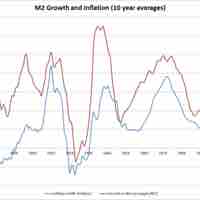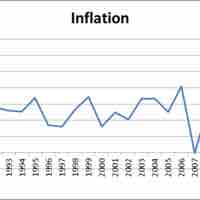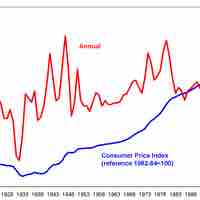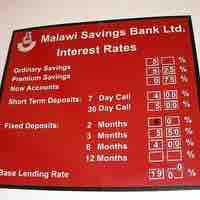Section 1
Defining, Measuring, and Assessing Inflation
Book
Version 3
By Boundless
By Boundless
Boundless Economics
Economics
by Boundless
6 concepts

Defining Inflation
Inflation is an increase in average price levels.

Measuring Inflation
Inflation is measured as a percentage rate of change in the level of prices.

Price Indices and the Rate of Change of Prices
Price indices are tools used to measure price changes for a specific subset of goods and services.

The Costs of Inflation
The costs of inflation include menu costs, shoe leather costs, loss of purchasing power, and the redistribution of wealth.

Distribution Effects of Inflation
Unexpectedly high inflation tends to transfer wealth from creditors to debtors and from the rich to the poor.
Deflation
Deflation is a decrease in the general price levels of goods and services.